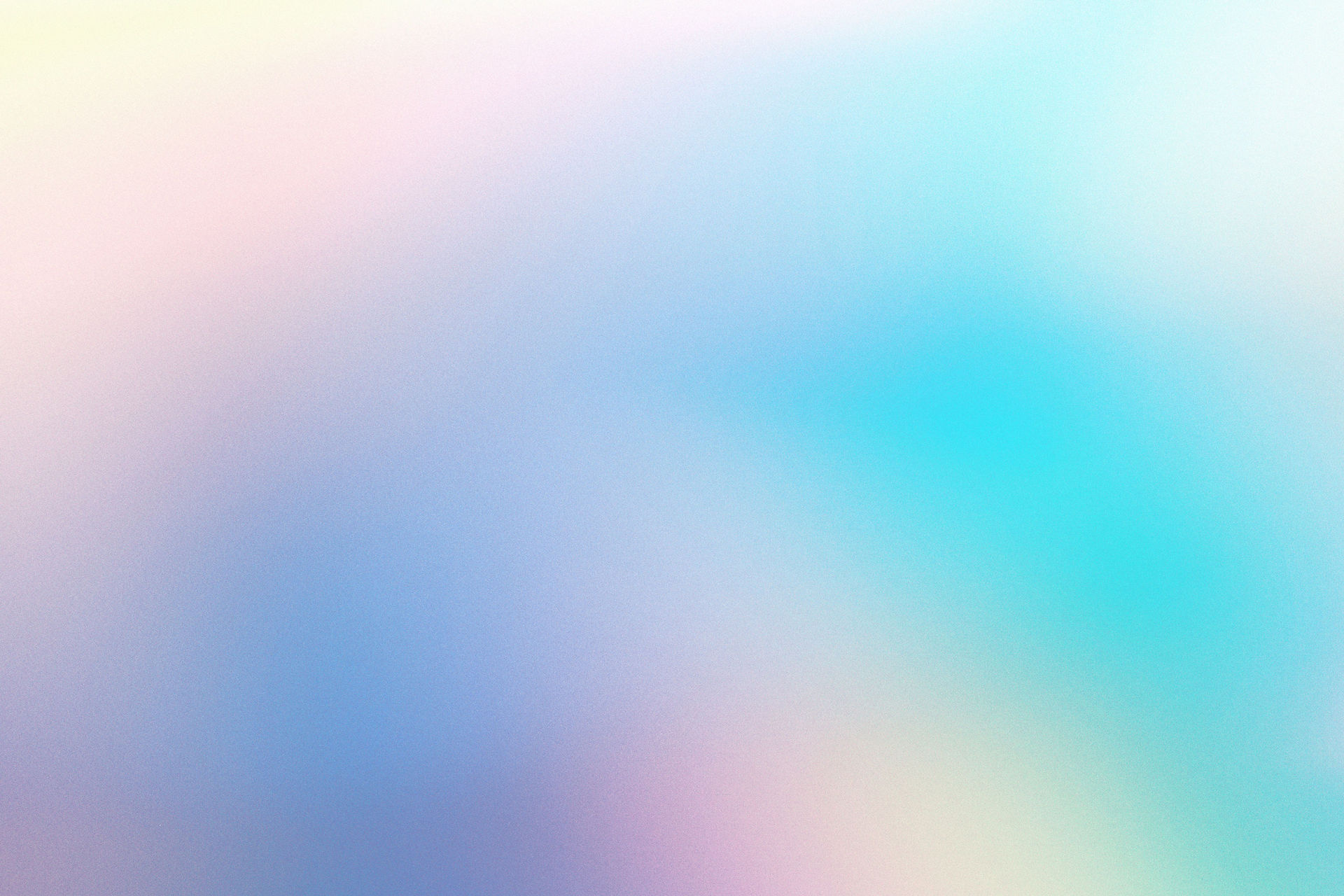Overview of 3D Pipeline
- Emi

- Mar 17, 2021
- 1 min read
Updated: Apr 1, 2021
Danny Sweeny, talking about techniques he uses to make characters for the game series warhammer.
Focuses of character art are:
Anatomy
Cloth
Hard surface armour/weapons
Creatures
Character art pipeline
Generic character art pipeline
Proxy - Character Art
Concept - Concept Art
Sculpt/High poly - Character Art
Low poly - Character Art
Baking - Character Art
Texturing - Character Art
Implementation - Character Art
Rigging - Rigging/Animation
Skinning - Rigging/Animation
Processing - Rigging/Animation
Testing/Bug fixing
Proxy
Proxy/Setup
Base mesh
Focus on silhouette
Defines limits and extremes
Basis for scuplts for faction
Used by riggers to animate before art completion
Topology flow
Good topology flow
edge loops in correct places
Tri's are just fine (in context)
Toplology is about the animation and how joints move. They need to look correct when the limbs are moving causing limb deformation.
Development of charactyer art for WARHAMMER - Concepts
Concepts
Very important to character art process
Free to explore
Strong focus on silhouette and design
Less time designing = more time modelling
Using references helps to make strong concepts and leads to strong artwork/models
Sculpt
Modelling and Sculpting
Proxy used as a basis for sculpt (Quads only)
We cannot alter extremities or add more limbs/areas of secondary animation. We need to sculpt with the skeleton in mind. This is why proxy stage is so vital.
No tris should be used in the proxy as it will negatively affect the sculpting stage. This is cause when a tri is subdivided it will go all weird. Tris should only have been used for the low poly animation so far.
Low Poly
If somethings hidden in a game, for example the head under a helmet, then you can just delete it. Efficiency is the most important thing when making the low poly.
Make sure the UV maps are done efficiently and economically.

Comments